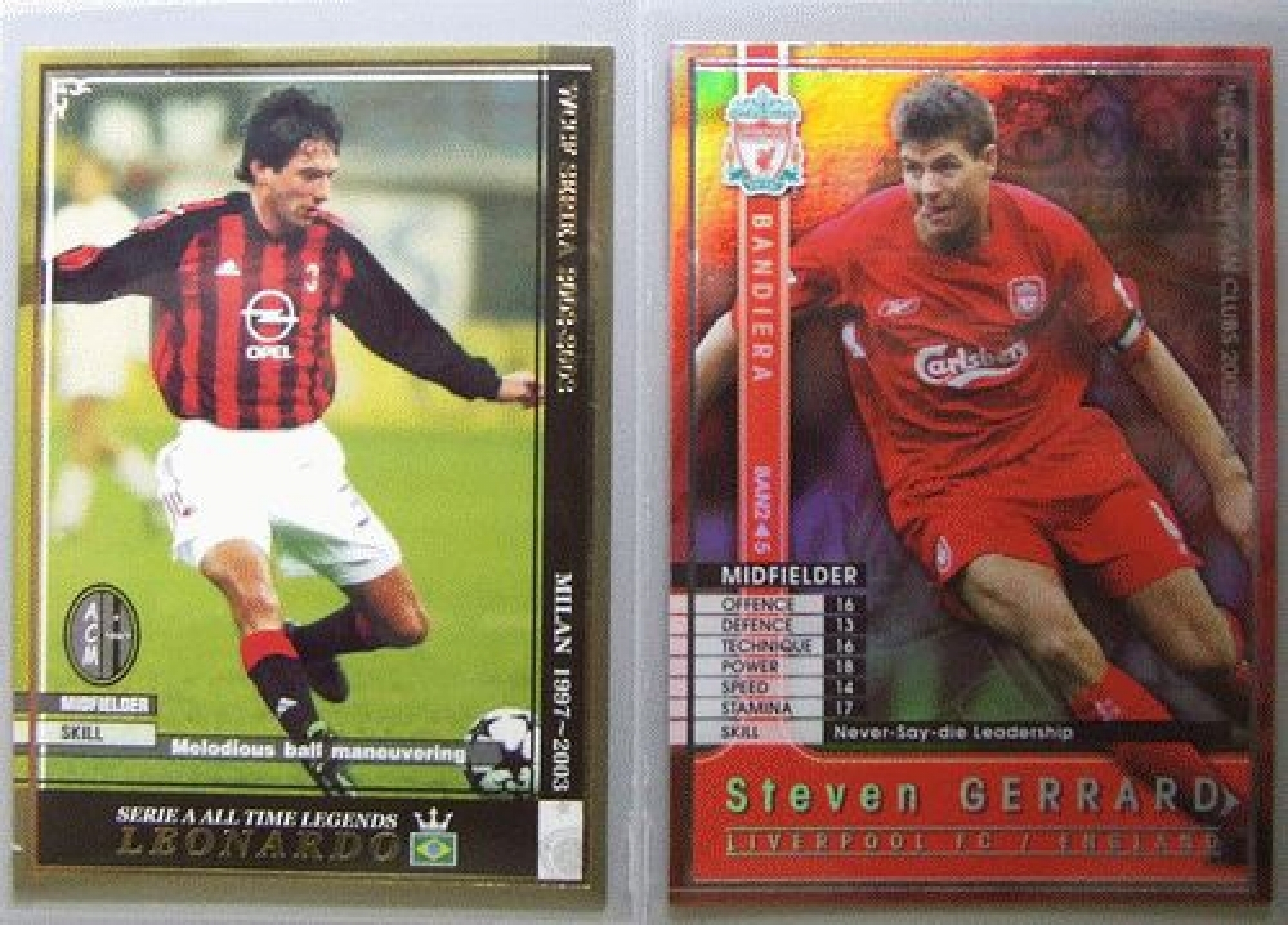![]() Some rights reserved by Stuart Frisby
Some rights reserved by Stuart Frisby
I recently spent the afternoon at my ‘nephew-in-law’s’ 6th birthday party, and through all the torn wrapping paper and enough presents to last him a few months (in my opinion!) his most coveted acquisition was hundreds (literally) of the Topps Trading football cards that he is collecting. He was slotting them all neatly into place in the special printed folder, and making piles of ‘swopsies’ for those he has more than one of, to trade with his playground buddies.
It struck me, while watching the utter delight and concentration on his face, just how much print had a part to play in this joy. And just how much these cards have come on over the years. The ‘legends’ or ‘Golden Moments’ were depicted in gold metallic colours and the long serving footballers in silver metallic, while the more run of the mill players were on coloured cards – much more interesting effects than when I was growing up. These extra touches made each player stand out and made it easy for Alfie to find each player’s special slot in the folder. He was clutching handfuls of these cards like prized possessions and even the DS he’d also got didn’t get as much attention. (My other half was also happy to discuss the merits or bad points of each player with him – helping from an educational perspective so I’m told!)
For me, this reinforced what I already know – that print is a massively important medium. You have to understand that I am a self-confessed gadget-lover and am addicted to my smartphone, the ability to Tweet on the run and check Facebook statuses, along with the news etc. But I can’t imagine the same level of joy coming from an electronic version of this card collecting game, and how much of the fun of ‘swapping’ would be taken away if it was to be done electronically (most likely not allowed in the playground anyway!). Print Power most definitely lives on – albeit firmly in the mix with digital media.
